Plants can add a natural decorative touch to your home or garden. However, because each plant has different requirements, keeping them thriving at all times can be challenging.
Garden maintenance is critical, especially during the warmer months of the year. Gardens become dry and lifeless as the weather heats up, necessitating extra care. If your garden is struggling to survive the summer, I have developed some helpful tips to nourish and revitalize it!
Why Do My Leaves Look Dry and Papery?
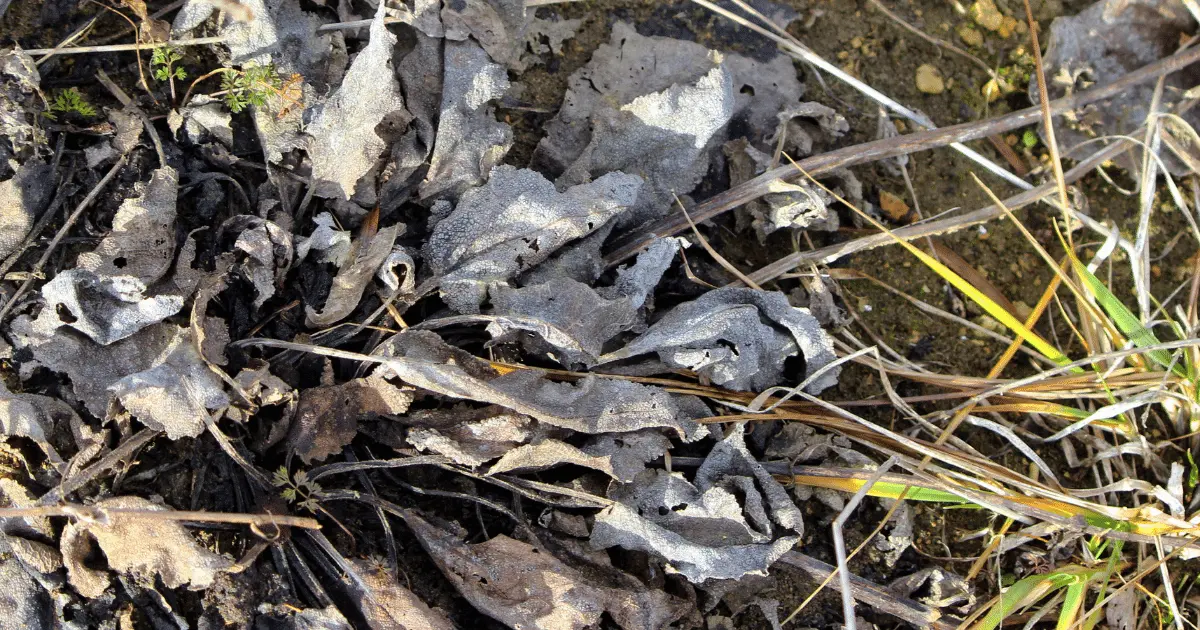
You’re not dealing with a mystery if you find papery leaves on plants or papery dots on leaves. There are several potential reasons why leaves could appear papery and brittle.
The following are the most typical causes of papery patches on leaves.
Moisture Deficiency
Leaf scorch frequently results in papery leaves on plants. If the leaf tips develop a crispy, dry appearance before spreading to the entire leaf, then this is a real possibility. When it’s hot and dry outside, moisture frequently evaporates before it can reach a plant’s roots. The leaves can’t cool off without moisture, which makes them vulnerable to scorching.
Excessive Moisture
Too much moisture may also be the cause of drying leaves. This happens when the soil is so saturated that the roots cannot breathe. The leaves become papery and dry as the roots suffocate, and the plant may die eventually. The stem of a plant that has root rot will typically look rotted and waterlogged, and root decay is almost always fatal.
Powdery Mildew
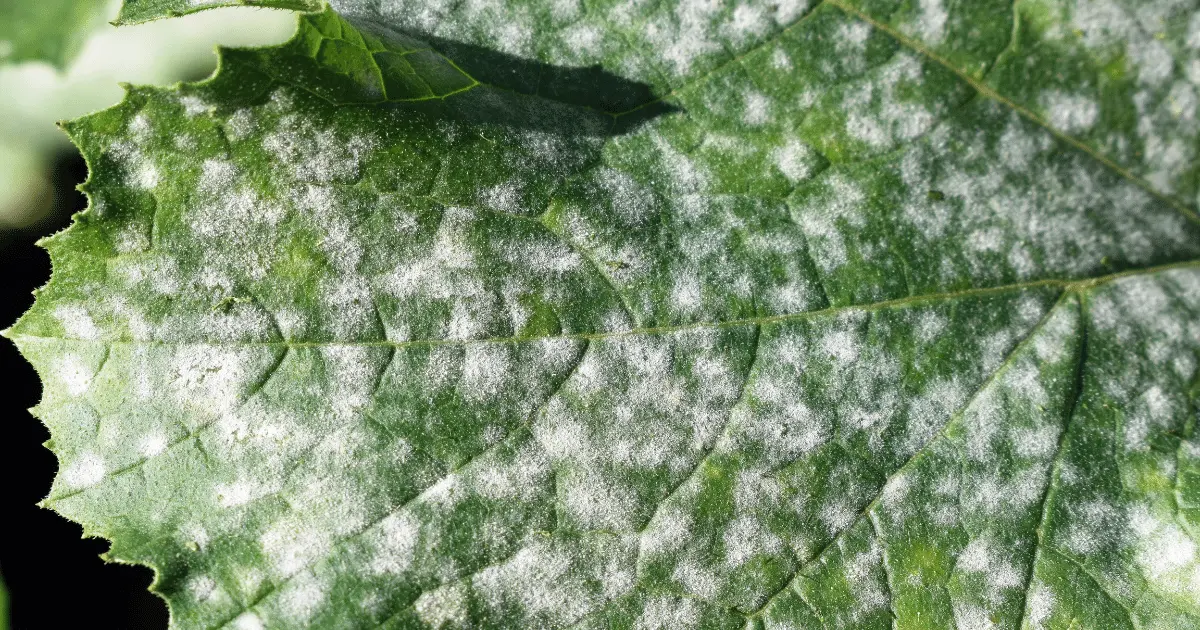
The leaves of plants affected by this fungus may develop a powdery white surface and develop a dry, blotchy, dried appearance. It frequently appears when the weather is warm and humid.
Too Much Fertilizer
Too much fertilizer may cause dry, paper-like leaves; excessive amounts can burn the plant and scorch the roots. Many plants thrive in a diluted solution, and most don’t need fertilizer in the winter.
Water Quality
Many houseplants are delicate to chlorine and water minerals. The leaves may turn brown and drop off the plant due to this prevalent source of brown, papery patches on leaves. To avoid this issue, do not use water straight from the faucet. Use bottled water instead, or let water sit for the entire night to allow the minerals and chlorine to dissolve.
Similarly, many plants suffer when exposed to cold water, and most plants favor water that is at room temperature.
How Can I Revive A Dying Plant?
Plants that have dried out can sometimes be saved, but only occasionally. It depends on how quickly you identified a problem, what caused it, and how effectively you can grow the plant back to health.
Here are a few simple things you can do to help you save a dried-out plant.
1. Check If It’s Still Alive
The term “dead” can be relative when it comes to plants. Although dried plant leaves may resemble paper, this does not necessarily imply that the plant cannot be saved.
First and most importantly, you must determine whether or not the plant is still alive. Your plant may appear dead, but any sign of green on the stem indicates that it can be revived. Scrape the base of the stem to see if there is a green layer. If the stem/root appears firm and pliable, with some green inside, you may be able to revive the plant. In contrast, the plant cannot be saved if the roots and stem appear brittle and lifeless.
It would help if you also inspected the roots. Healthy roots should be plump, white to tan in color, and have white tips. If you discover signs of life, the next step is to determine what went wrong before reviving your plant.
2. Find The Cause
It is difficult to revive a plant if you don’t know what’s wrong with it – and you might even make things worse.
Consider what has recently happened to your plant.
Did you remember to water it? If this is the case, the soil will be dry and powdery, and the plant must have lost many leaves.
Consider other issues as well. For example, if the weather suddenly turns hot, your plant’s roots may have dried out due to too much Sun. Alternatively, if you over-water your plant, its roots may rot and die of thirst because it can no longer absorb moisture.
Determining the cause is critical to determining how to resurrect the plant. Without a known cause, there is no hope of saving it.
3. Trim The Dead Plants
Once it has been determined that some of the plants in your garden can be revived, the next step is to trim the dead parts so that the plant can use all of the energy left for the shorter portion of plant that still has some life in it.
Begin with the dead leaves and work your way up to the stems, removing one-third of the stem at a time until you see some green. New stems grow more easily from the trimmed area.
This will encourage the plant to prioritize new, healthy growth over old, damaged growth. Cut away any other part that is no longer useful to the plant with sharp scissors and compost it. I always compost dead leaves. You should avoid disturbing the roots, but you may have to if your plant is completely dead above the surface.
If the roots are very brittle or mushy, but there is still some good root, cut off all the bad stuff.
Make room for new roots to grow, taking special care with what is left of the roots.
4. Water Your Plant
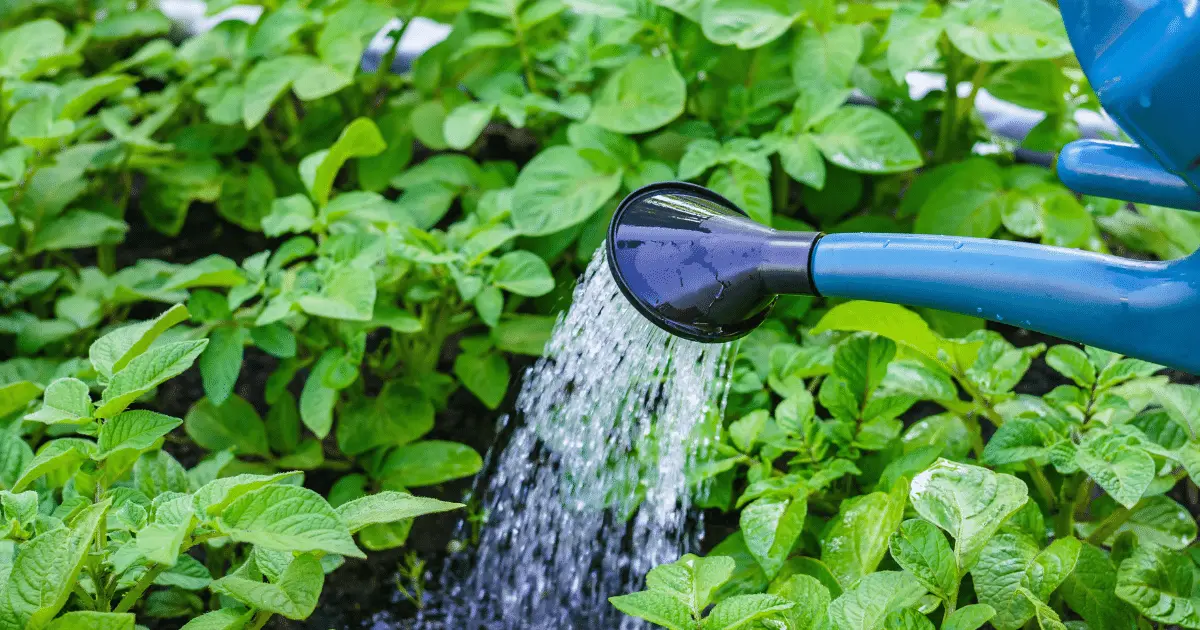
If your plant scorched because you forgot to water it or received too much Sun, you should first soak the entire pot in water.
Examine your plant closely to ensure that the soil is touching the edges of the pot and that the leaves are not brown and curled up. If this is the case, your plant is simply thirsty. There are two ways to save the withered plant.
You can gradually rehydrate the plant by adding water daily without drowning it. On the other hand, you can bathe it by immersing the pot in room-temperature water and allowing the plant to hydrate at its own pace to regain strength. Remember to mist the leaves to rehydrate them as well.
I’ve used this method on plants that have been neglected on sunny days numerous times, and it usually revives them if done correctly.
However, don’t leave the plants in water for too long; they need to breathe, which they do through their roots.
5. Move Your Plants
After you’ve watered your plant, place it somewhere shady.
If plants are not exposed to direct sunshine for an extended period, even light-loving houseplants will recover from the shock of drying out more quickly.
Plants that have been re-potted are always placed in shady areas for a few hours. This allows their roots to settle into the soil and avoids stressing them further after being transplanted.
Once they’ve settled, you can move them back to a sunny location.
After giving your plant a good bath, placing it in a shaded area will keep the soil moist for longer, allowing the roots more time to absorb and supply moisture to the plant.
6. Re-pot Your Plants
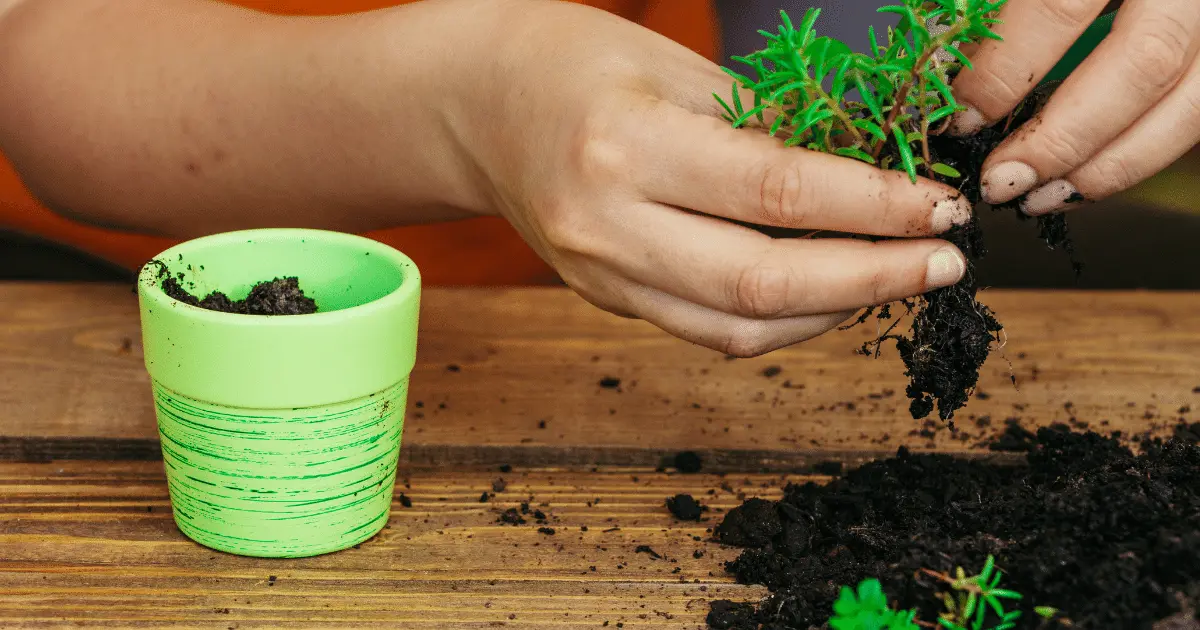
You must re-pot the dry plant once it has recovered its strength. In general, it’s advisable to re-pot a plant every 2 to 3 years, depending on the variety and its growth rate. Ensure the new soil is aerated so the water drains properly and the plant can absorb the nutrients in the soil.
Then select the appropriate pot because a cramped plant will show signs of weakness.
7. Get Rid of Diseases
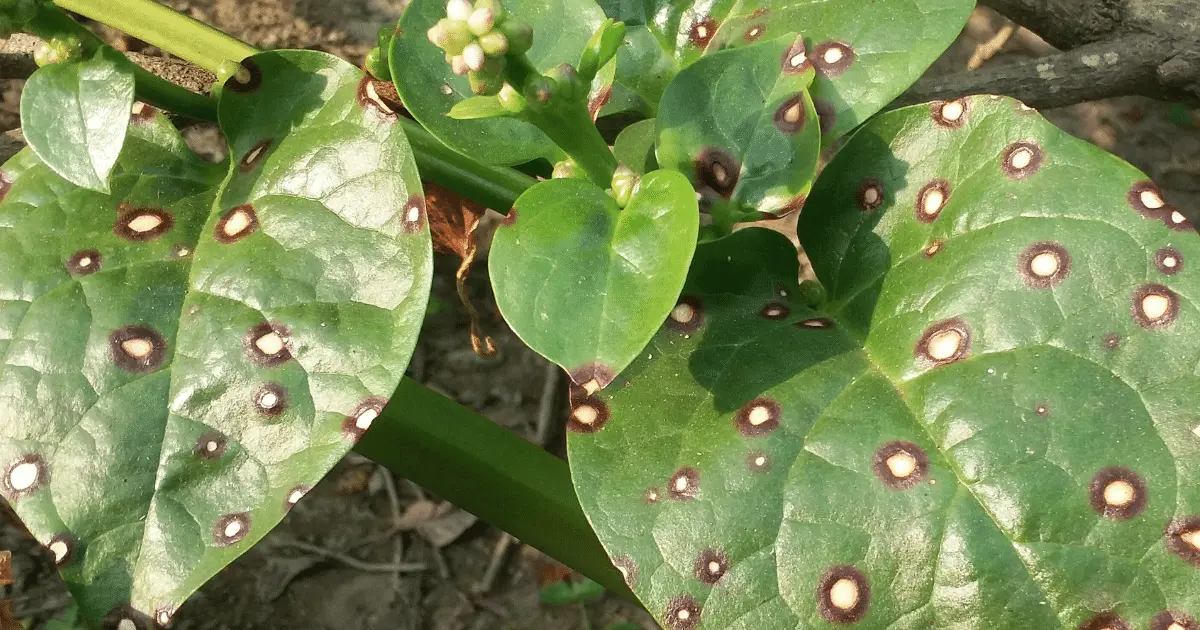
Many different diseases can affect plants, and each has its causes, symptoms, and treatments. Ask a gardening professional to help you identify the disease and learn how to treat it if you think your plant may be infected with something like powdery mildew, root rot, or leaf spot.
To prevent the disease from spreading, it’s also crucial to isolate the affected plant from your other plants.
8. Watch Your Plant Closely
Keep an eye on your plant for a few days.
Hopefully, new shoots will begin to emerge. Depending on the species, these may appear quickly, but others may take longer. Shoots are frequently pale green and very thin at first.
Continue to be gentle with your plant. It will be shocked, and its reserves of energy will be depleted. Water it sparingly and frequently, and keep it out of direct sunlight because new leaves are prone to burning.
If your plant has enough strength to recover from drying out, you should see it grow back with care over time.
9. Feed Your Plants
It is vital to feed your plant because a poorly nourished plant will have weak stems or discolored leaves. To revitalize a dry plant, you will need compost or fertilizer.
If the plant is tired, do not fertilize it immediately; instead, wait for the roots to strengthen. Most plants benefit from a bit of fertilizer once or twice a month. Natural fertilizers are available in stores and can be mixed with rich soil or topsoil with potting soil.
Plants will focus on using the energy already stored in their roots rather than drawing more from the soil. However, the strategy works for some people, and there’s no harm in giving it a shot – don’t over-fertilize your plant. This is likely to harm it and slow its growth significantly.
If you have a plant that needs to be revived, identify the problem, properly water the plant, change the plant’s environment, and take care of the plant’s leaves.
Plant resuscitation is not always successful, especially when the plant is beyond repair. However, this does not rule out the possibility of resurrecting plants that appear to be dead. It never hurts to give it a shot; who knows, you might have what it takes to revive dead plants before it’s too late.
Hiring professional landscaping services to help you bring your dead garden back to life is also a good idea.
